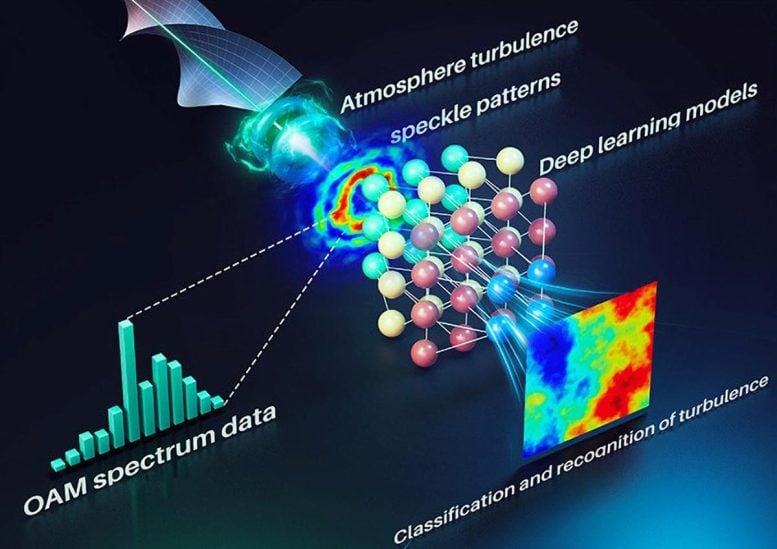
In a string of ever-hotter years, 2023 stood out: It was the warmest on record (though 2024 will likely surpass it), with temperatures 1.4°C (2.5°F) above the preindustrial average and 0.17°C (0.3°F) above the previous record set in 2016.
“If you lose those clouds, you lose this cooling effect.”
One cause for the spike may have been that Earth was just a little darker than it’s been in recent history. Earth’s albedo, a measure of how reflective the surface is, hit a record low in 2023, according to the authors of a study in Science. That record was due mainly to a dearth of bright, low-level clouds, which reflect more solar radiation than land or ocean. The answers to why these clouds were absent and, crucially, whether the trend will continue are still unclear.
Scientists have pinned most of the heat in 2023 to several factors: an El Niño event, a solar cycle maximum, and ongoing global warming, among other things. But until now, studies have been unable to attribute around 0.2°C (0.36°F) of the anomalous warming. The new research closes that gap and suggests low-level clouds may be more important to Earth’s climate than realized.
“If you lose those clouds, you lose this cooling effect,” said Helge Goessling, a paper coauthor and climate physicist at Germany’s Alfred Wegener Institute. “It’s really striking to see how the low-level clouds have changed.”
Closing the Gap
Earth takes in energy from the Sun and also reemits it as both visible and infrared light, a process tracked by a number known as the radiation budget. If Earth absorbs more than it emits, temperatures go up. In recent decades the planet has consistently been absorbing more energy than it loses, gaining an average of 0.76 watt per square meter every year during the 2010s, according to the paper authors.
Goessling and his colleagues calculated Earth’s radiation budget for 2023 and compared it to past years using data from NASA’s Clouds and the Earth’s Radiant Energy System (CERES) project, which uses satellite observations to track how much energy Earth gains and loses, as well as a global hindcast of climate conditions (ERA5, the fifth-generation European Centre for Medium-Range Weather Forecasts atmospheric reanalysis).
Unsurprisingly, they found Earth absorbed significantly more energy in 2023 than in other years, taking in almost 1 watt per square meter more than the average for the preceding 20 years. Adding the extra energy into a simplified energy budget model, the researchers found it would create 0.23°C (0.41°F) of warming—almost exactly the amount previously unaccounted for.
That increase in absorbed energy came from a planetary albedo lower than any recorded going back to 1940. The cause, Goessling said, was clear: clouds.
“If you look at the spatial distribution of where the albedo has been going down and where it has been particularly low in 2023, then it’s very obvious that this is correlated with regions where the cloud cover has been changing,” he said.
The Future Is (Not) Cloudy
Looking deeper at the ERA5 data, the researchers noted that much of the change in cloud cover came particularly from low-lying clouds, which have a base beginning below 2,000 meters (6,500 feet) above the surface. These clouds help to cool the surface because they reflect incoming sunlight and allow outgoing infrared radiation to pass through (as opposed to high-level clouds, which trap most infrared radiation in Earth’s atmosphere).
2023 saw 1.5% fewer low-level clouds compared to previous years, especially in the Northern Hemisphere. That decrease continues a trend from the previous decade, which saw especially strong declines in low-level clouds over the Atlantic.
“Unscrambling the egg is a challenge.”
Why these clouds are disappearing isn’t fully known, though it’s likely due in part to natural yearly and decadal variations in atmospheric patterns. Some researchers have also argued that a reduction in marine aerosols (associated with regulations limiting shipping emissions) is to blame. Others point to feedbacks from a changing climate.
“Unscrambling the egg is a challenge,” said Norman Loeb, a NASA scientist and principal investigator for CERES, who wasn’t involved with the research. “Having the correct attribution of what’s behind these trends in the energy budget and top of atmosphere radiation, I think that’s really important.”
If the decrease in low-level clouds comes from more than natural fluctuations, that could mean the influence of feedback effects or marine aerosols on low cloud formation is stronger than currently thought. Both might mean current climate models are underestimating how much warming will happen in the future, according to Goessling. Knowing how much warming we’re in for is important for designing climate and emissions policies and interventions, so it’s crucial to be accurate. As the new study shows, understanding what’s happening to the clouds is an important part of that.
“This is kind of crunch time,” he said.
Loeb said research into how cloud cover is changing should soon be accelerated. An effort to coordinate new climate models with updated data through 2022 will give the climate science community an easier way to compare results, he said. “We’re going to make a lot of progress with this latest set of [data],” Loeb said.
—Nathaniel Scharping (@nathanielscharp), Science Writer









Leave a Comment